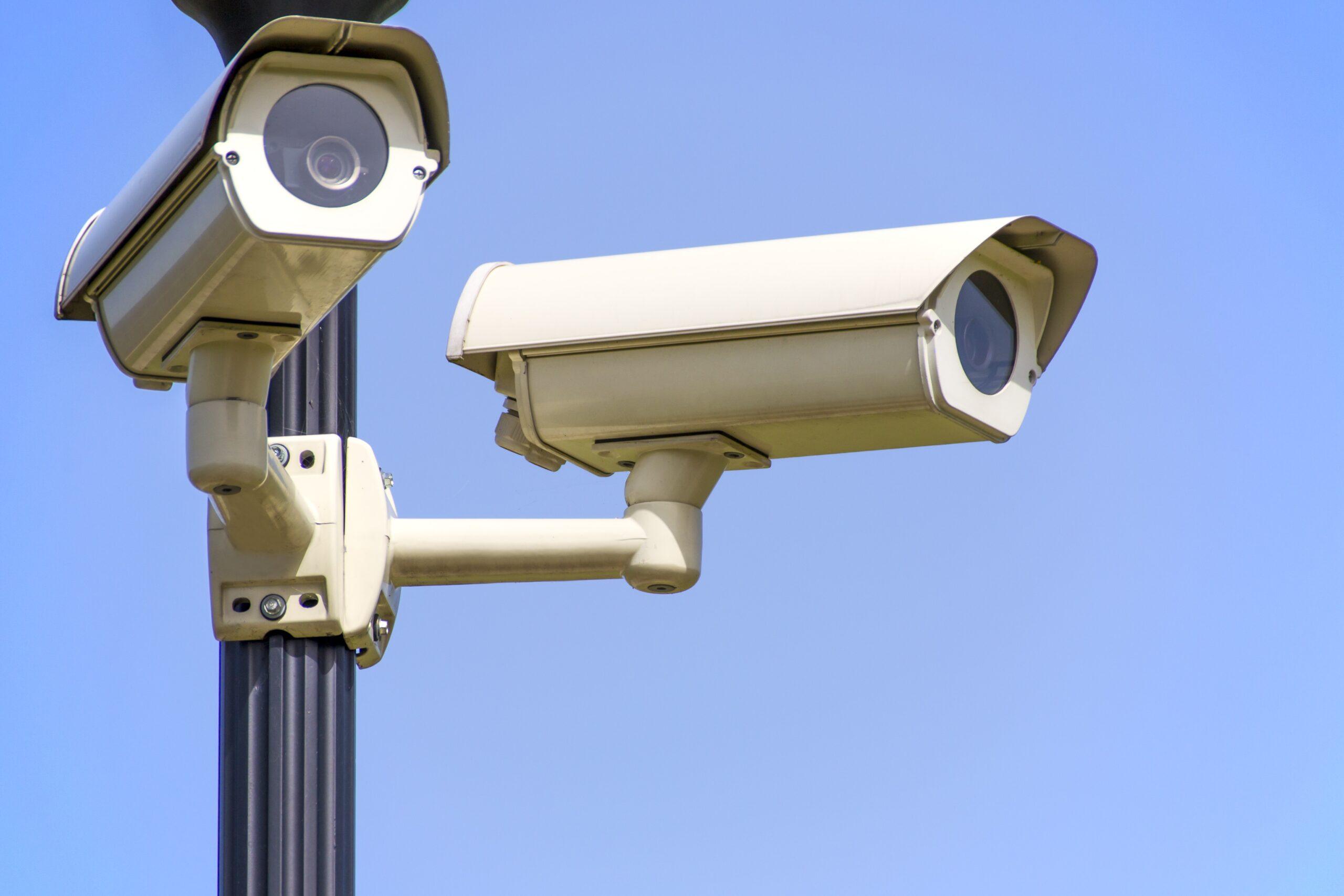Source: Bloomberg News
Article:
China’s state surveillance apparatus is trying out a new tool in one of its favorite test beds, the restive region of Xinjiang.
The Muslim-dominated villages on China’s western frontier are testing facial-recognition systems that alert authorities when targeted people venture more than 300 meters (1,000 feet) beyond designated “safe areas,” according to a person familiar with the project. The areas comprise individuals’ homes and workplaces, said the person, who requested anonymity to speak to the media without authorization.
“A system like this is obviously well-suited to controlling people,” said Jim Harper, executive vice president of the libertarian-leaning Competitive Enterprise Institute and a founding member of the U.S. Department of Homeland Security’s Data Privacy and Integrity Advisory Committee. “‘Papers, please’ was the symbol of living under tyranny in the past. Now, government officials don’t need to ask.”
The alert project is another example of how Xinjiang — a region boarding Pakistan and Afghanistan that’s home to about 10 million Muslim ethnic Uighurs — has become a laboratory for technologies that track large groups simultaneously. Spurred on by President Xi Jinping’s orders to “strike first” against Islamist extremism after deadly attacks involving Uighurs in 2013 and 2014, as well as reports of some fighting in Syria, the region has become one of the world’s most heavily policed places.
Land of Checkpoints
The Alaska-sized Xinjiang is a land of checkpoints, police stations and security cameras. Local governments have been ordering residents to install satellite-tracking systems in their cars. People must submit to facial scans to enter markets, buy fuel or visit places such as the capital Urumqi’s main bus terminal.
Xinjing’s regional publicity department didn’t respond to faxed requests for comment this week. The Ministry of Public Security in Beijing also didn’t respond to requests for comment.
Facial recognition is a big part of China’s two-year-old domestic surveillance upgrade campaign called Xue Liang, a reference to a Chinese idiom about the public’s collective observation power. While other countries are experimenting with the technology — the Federal Bureau of Investigation is, for instance, developing a database of Americans’ photographs — China is at the vanguard.
Surveillance Technology
The country is on track to represent 46 percent of the $17.3 billion global video surveillance market by year end, and three-quarters of all deep learning-enabled servers for analyzing the data, according to Jon Cropley, a senior principal analyst at IHS Markit. All told, China earmarked 938 billion yuan ($146 billion) for domestic security in 2015 — the last time such figures were released — more than its military budget at the time.
The Xinjiang alert project is being led by China Electronics Technology Group, a state-run defense contractor that has parlayed its experience building radar and space systems into domestic security initiatives, the person said. It’s part of the Beijing-based company’s effort to develop software to collate data on jobs, hobbies, consumption habits, and other behavior of ordinary citizens to predict terrorist acts before they occur.
China Electronics Technology Group didn’t respond to an emailed request for comment.
‘Separatist’ Forces
Establishing control over Xinjiang — located closer to Baghdad than Beijing — has vexed China since an emperor sat in the capital. The current Communist Party-led government blames “separatist” forces that reject Chinese rule for fomenting unrest.
China accelerated efforts to upgrade security technology after Uighurs were blamed for deadly attacks far from Xinjiang in Beijing’s Tiananmen Square and train stations in Guangzhou and Kunming. Last year, Xi called on law enforcement officials to “actively use modern scientific and technological measures” and “safeguard national security and social stability,” the official People’s Daily newspaper reported.
The Xinjiang alert system, which began testing early last year, is focused on the southern half of the region, the person familiar with the project said. That includes Kashgar, an ancient Silk Road junction that Xi envisions playing a key role in his updated version of the Asia-Europe trade route, the “Belt and Road Initiative.”
Tracking Movements
While it’s unclear exactly which communities are covered by the alerts, almost four-fifths of southern Xinjiang’s population is of Uighur descent. China’s treatment of the ethnic minority, including restrictions on religious observances and the free movement of citizens, has been the subject of frequent criticism by the U.S. and European countries.
The alert project links security cameras to a database of people who have attracted the attention of authorities and tracks their movements within a particular area, the person said. Police can follow up by intercepting individuals or visiting their homes and questioning their friends and families.
Harper from the Competitive Enterprise Institute has been researching the potential adoption of facial recognition systems in America. He said such systems could make controlling large groups far less expensive.
“People will believe that they are being watched all the time,” Harper said. “And this will cause them to curtail their own freedom.”
